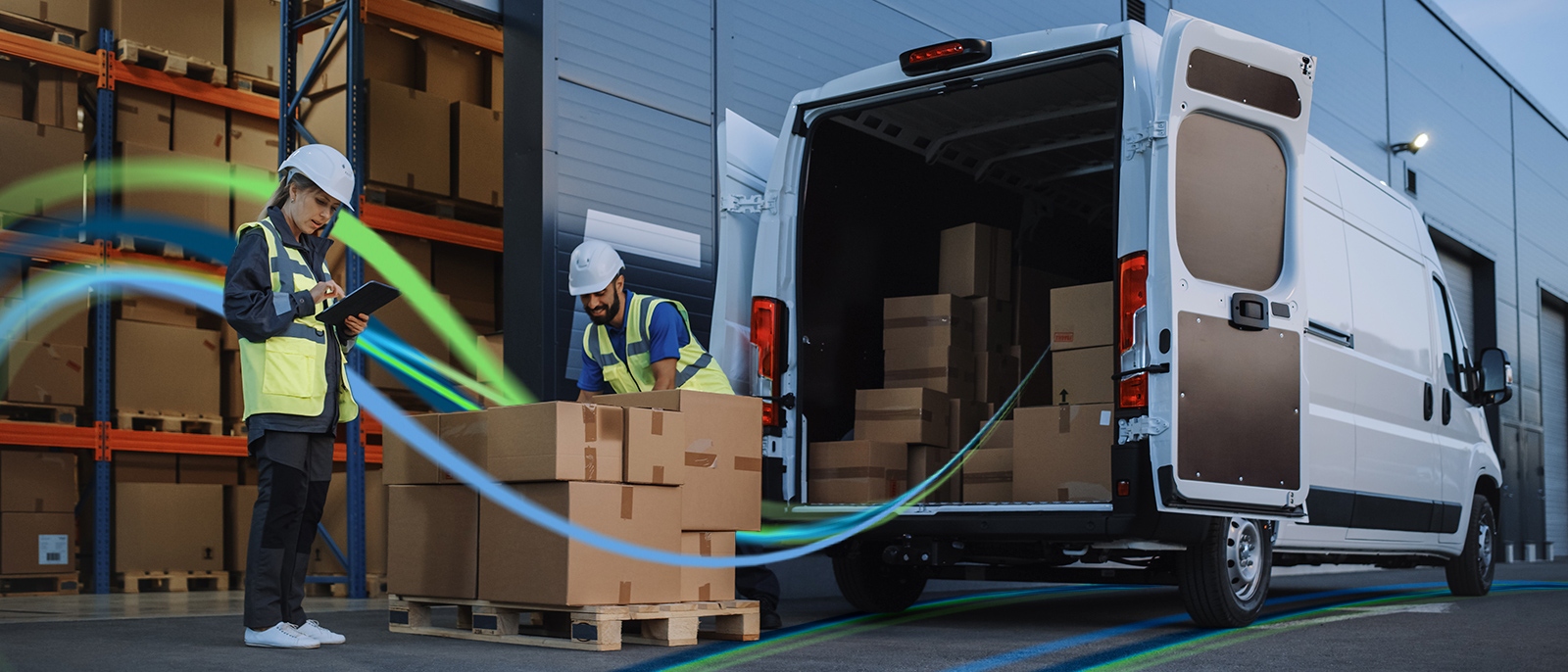Packing might not be the most glamorous part of international trade, but it’s certainly one of the most important. Get it wrong and you risk delays, damage, and unexpected costs. Get it right and your goods arrive safely, your customers are happy, and your supply chain keeps moving without unnecessary hiccups.
At Supreme Freight, we provide reliable Road Export services across Europe, helping businesses adapt to challenges while keeping cargo moving efficiently. For more information, visit our Road Exports page.
Here are ten practical things every business should consider when packing cargo for export.
1. Know Your Cargo
It may sound obvious, but the type of goods you’re shipping dictates how they should be packed. Fragile, perishable, or oversized cargo all come with their own requirements. A “one-size-fits-all” approach simply doesn’t work. Delicate electronics might need foam inserts and anti-static wrapping, while industrial machinery will often require custom-built crates. Spending time to properly assess what you’re moving not only prevents damage but also helps ensure compliance with shipping and insurance requirements.
2. Choose the Right Materials
The quality of your packing materials can make or break a shipment. Weak boxes, poor pallets, or cheap wrapping are false economies. They rarely survive the knocks and bumps of international freight. Sturdy cartons, reinforced corners, and good-quality pallets provide the protection goods need across long journeys. Increasingly, customers also expect eco-friendly solutions, so using recyclable or reusable materials can enhance your brand image as well as protect your cargo.
3. Distribute Weight Evenly
Weight distribution is one of those details that can be easily overlooked, but it has a huge impact on safety and stability. A pallet with most of its weight on one side is far more likely to topple when handled by a forklift, and an unevenly packed container can become hazardous at sea. The rule is simple: heavier items go at the bottom, lighter ones on top, and the load should be secured with strapping or shrink wrap. Even distribution protects your cargo and helps prevent accidents for those handling it.
4. Protect Against Moisture
Moisture is a silent threat to many shipments. Condensation inside containers, sea spray during transit, or even humidity at certain destinations can ruin goods. Textiles, electronics, and paper products are particularly vulnerable. Simple steps like using desiccants, waterproof liners, or shrink wrap can make a huge difference. Thinking ahead about where your goods are travelling and the climate they’ll encounter will help you avoid costly surprises.
5. Label Clearly
Clear, accurate labelling is essential. A shipment without proper handling instructions or destination details can easily end up delayed, or worse, damaged due to mishandling. Labels should always include the consignee’s information, handling marks, and where required, internationally recognised hazard labels. Poor labelling is one of the most avoidable causes of shipping delays, yet it still catches many businesses out.
6. Keep Security in Mind
Cargo theft continues to be an issue, especially at busy ports or in transit hubs. Goods that aren’t properly sealed or strapped are easy targets. Using tamper-proof seals, heavy-duty wrapping, and robust strapping can deter opportunistic theft. It’s not just about protecting the goods themselves; secure cargo also reassures customers that their supply chain is being handled with professionalism.
7. Meet Regulatory Requirements
Different countries have their own packing regulations. Wooden packaging, for example, often needs to be ISPM 15 certified to prevent pests travelling across borders. Failure to meet these requirements can mean delays, fines, or even shipments being rejected. Working with a freight forwarder who understands these rules saves a lot of stress and ensures your cargo clears customs without issue.
8. Think About Sustainability
Sustainable packing is moving quickly from being “nice to have” to being a customer expectation. Businesses are increasingly judged on their environmental footprint, and packaging is a visible part of that. Recyclable cartons, biodegradable wraps, and reusable pallets all help reduce waste. Beyond compliance and image, greener packing can also improve efficiency and reduce costs in the long run.
9. Prepare for Handling
Your cargo will be loaded, unloaded, and moved several times before it reaches its final destination. Assuming it will be handled roughly at least once is a good rule of thumb. Reinforced cartons, sturdy crates, and extra cushioning all help protect goods from knocks and bumps along the way. Building this resilience into your packing reduces the risk of damage and saves on costly replacements or disputes.
10. Consider Professional Packing
For some businesses, it makes sense to outsource packing to professionals. Whether it’s specialist crating, compliance with export rules, or simply saving time, expert packers add real value. A forwarder offering packing services can ensure goods are prepared to withstand the journey, giving peace of mind and often reducing costs associated with damage or delays.
Final Thoughts:
Packing isn’t just a technicality, it’s a safeguard for your business. By getting it right, you protect your goods, your customers, and your reputation. These ten tips provide a solid foundation for ensuring cargo is prepared for the challenges of international trade.
If we can help you, please contact us.
